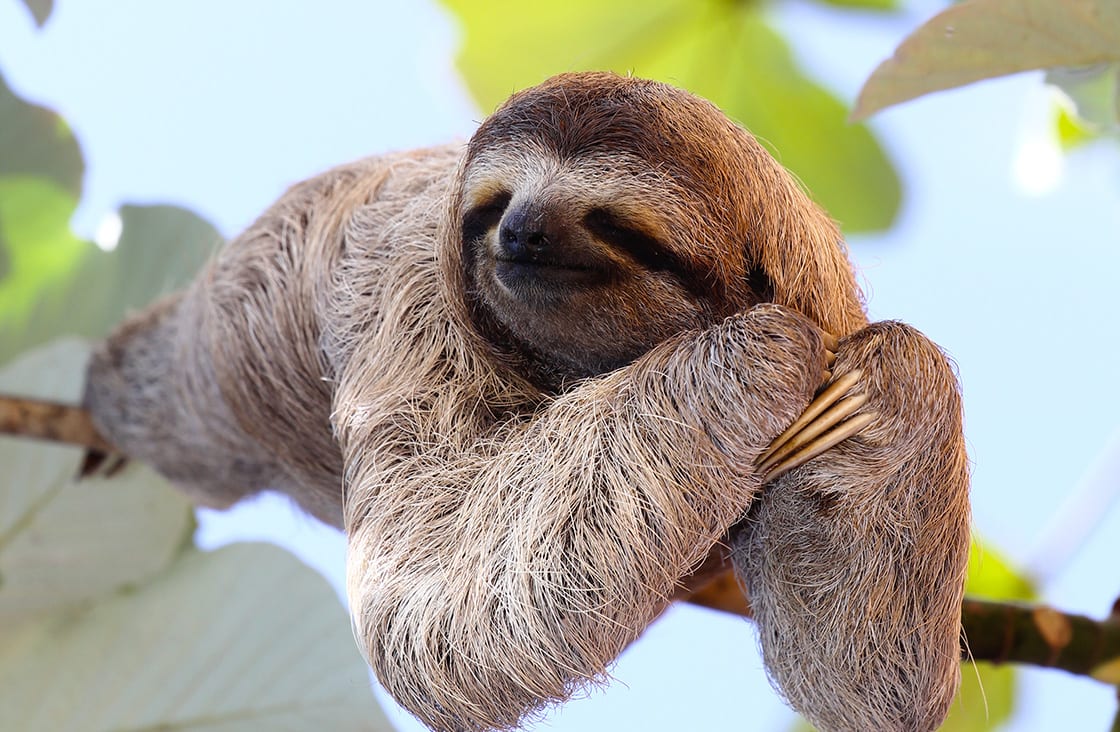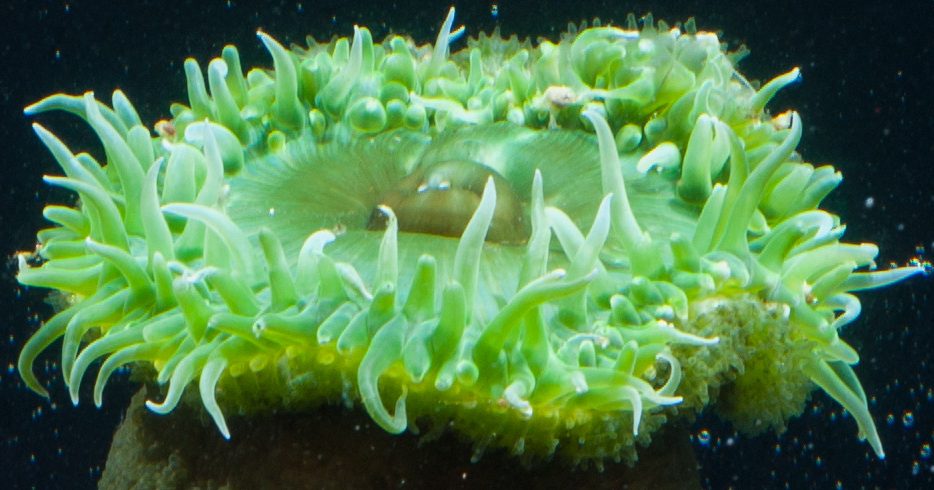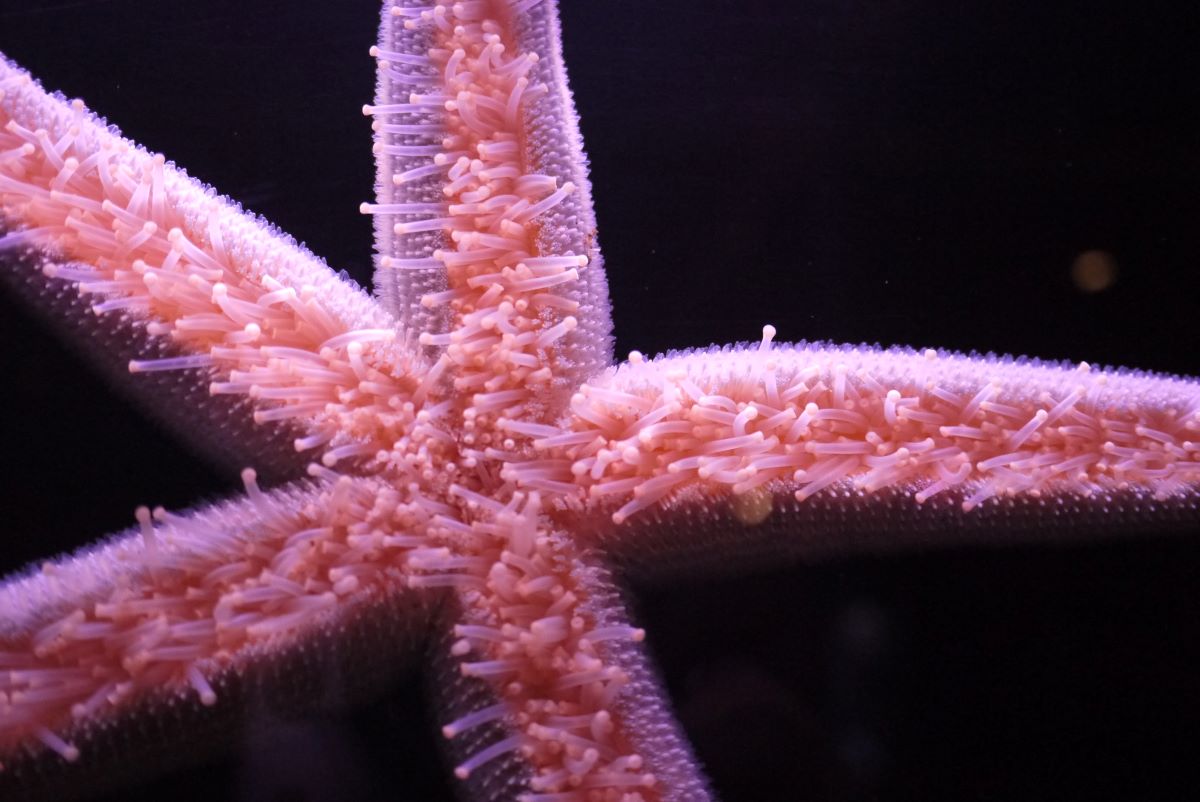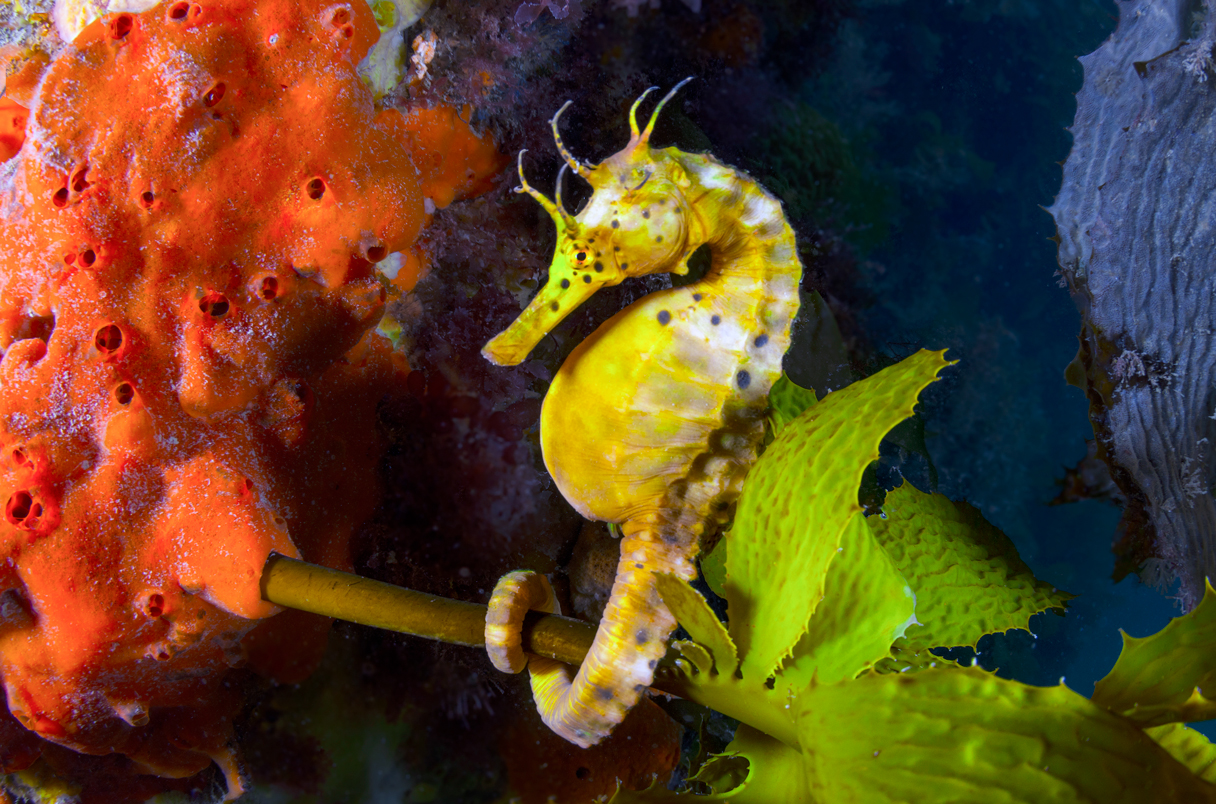
Slow animals have adapted to thrive in their environments despite moving at a relaxed pace. Their physiology and survival strategies are just as fascinating as those of their speedy counterparts. We explore 10 of the world’s slowest creatures and the reasons behind their sluggish speeds.
1. Sea Anemone

The sea anemone moves at an extremely slow pace of just 0.0001 km per hour. These creatures attach themselves to surfaces on the seafloor and wait for food to pass by their venomous tentacles. Sea anemones play an important role in ocean ecosystems despite being practically immobile. Their bright colors and strange shapes make them captivating to observe.
2. Garden Snail
The common garden snail creeps along at 0.001 km per hour. Its muscular foot propels its soft body and coiled shell over plants and terrain. Garden snails feed on fungi, leaves, fruits, and even dead animals. Their mucus allows them to slide smoothly and protects them from cuts and bruises. When threatened, they can retract into their shells for safety.
3. Starfish

With their many arms, starfish creep along the seafloor at 0.009 km per hour. They feed on bivalves like clams and oysters, which they pry open with their strong arms. Starfish are amazing regenerators and can regrow arms lost to predators. They come in a dazzling variety of colors, shapes, and sizes.
4. Seahorse

Seahorses flutter through the water at 0.015 km per hour. Unlike most fish, they swim vertically and grasp coral and seaweed with their curly tails. Seahorses form faithful monogamous pair bonds and perform elaborate courtship dances. The male carries and births the young. Unfortunately, many seahorse species are endangered due to overfishing and habitat loss.
5. Three-Toed Sloth
Sloths spend their lives hanging upside-down in trees and crawling at a rate of 0.24 km per hour. Algae grows in their fur to camouflage them. Their long claws and flexible joints allow them to cling to branches securely. Sloths have very low metabolisms and can take up to a month to digest a meal. They are peacefully harmless creatures who rarely descend to the forest floor.
6. Giant Tortoise
The giant Galapagos tortoise ambles along at 0.3 km per hour. It can live over 100 years. Its huge size and heavy shell give it protection from predators. Tortoises can go months without food or water. Once hunted nearly to extinction, many tortoise species have rebounded thanks to conservation efforts. They play key roles seed dispersers in their island ecosystems.
7. Banana Slug
Reaching up to 25 cm long, banana slugs leave slimy trails as they crawl at 0.48 km per hour. Their bright yellow color warns predators of their unpleasant taste. Slugs eat decaying plant matter and fungi, recycle nutrients, and keep the forest floor clean. Their sticky slime helps them climb trees and roots. Slugs are hermaphrodites and mate by intertwining together and exchanging sperm.
8. Slow Loris
The nocturnal, arboreal slow loris moves at just 0.03 km per hour through the rainforest canopy. When threatened, it secretes a toxic bit that can be fatal to predators. Sadly, the illegal pet trade has decimated wild slow loris populations. They form close family units and mark their territory with scent. Their huge eyes give them excellent night vision.
9. Koala Bear
Koalas munch on eucalyptus leaves at a leisurely 0.5 km per hour. Their arboreal lifestyle limits their energy needs. Koalas get most of their hydration from the leaves they eat. They sleep up to 20 hours a day to conserve energy. Koalas aren’t bears at all but marsupial mammals. Habitat destruction has put wild koala populations at risk.
10. Gila Monster
The chunky Gila monster shuffles across the desert at 0.176 km per hour. As one of only two venomous lizards, it delivers a painful bite when threatened. Its spiky skin and beady scales help retain moisture in dry environments. Gilas feast on eggs, mammals, and reptiles. Though harmless to humans if left alone, they move with surprising speed when provoked.
Conclusion
The varied lifestyles and adaptations of nature’s slower movers provide an important counterpoint to the image of animals just racing against the clock. Speed is not the sole measurement of an animal’s success or evolutionary fitness. Sloths, snails, seahorses, and other sluggish creatures play vital roles in maintaining balanced ecosystems. By understanding the purposes behind their pokey paces, we gain a broader appreciation of biodiversity.